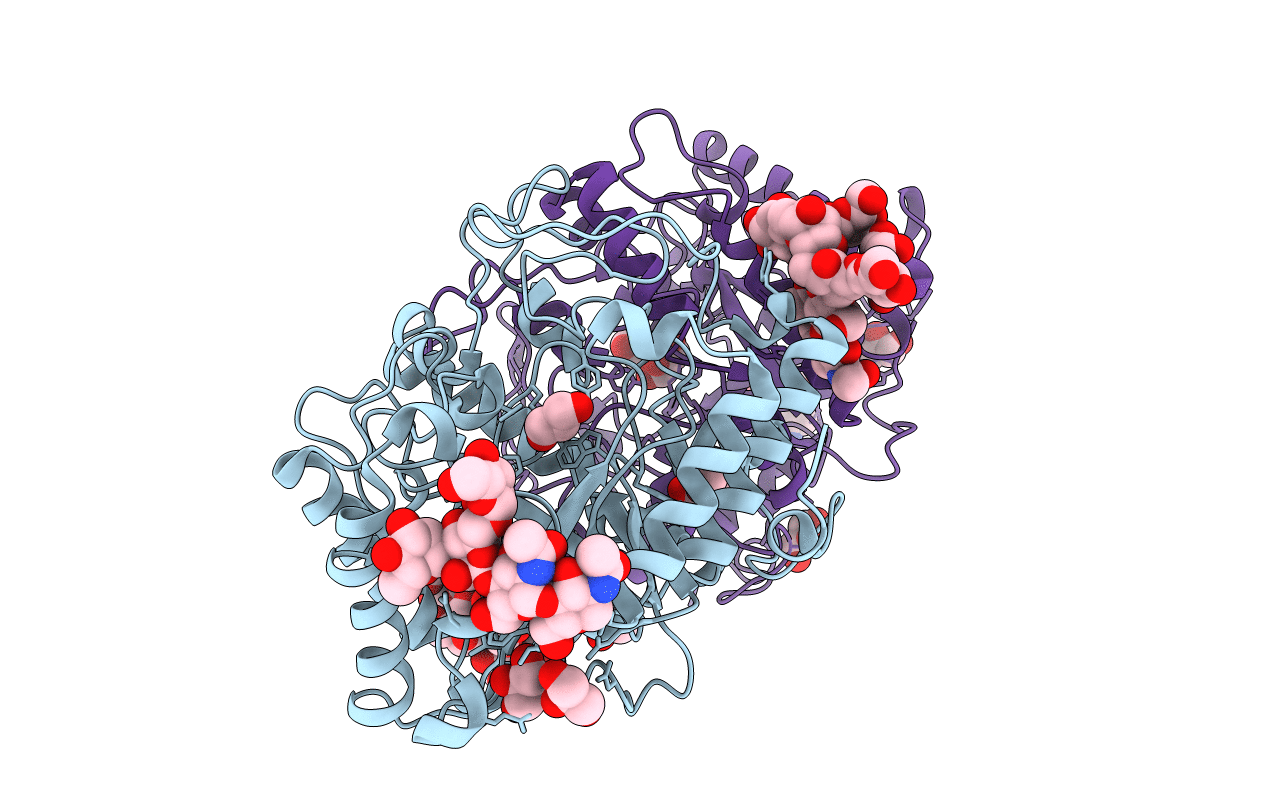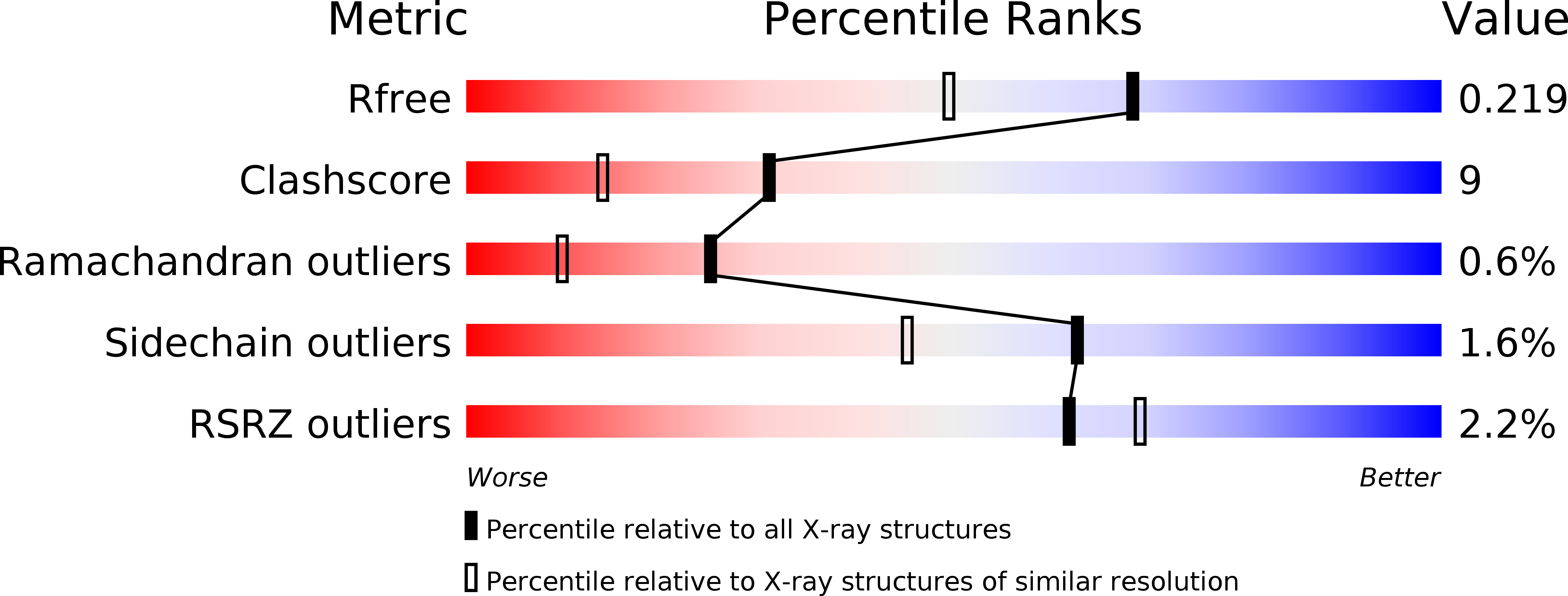
Deposition Date
2001-05-11
Release Date
2003-10-02
Last Version Date
2024-11-13
Entry Detail
PDB ID:
1H4P
Keywords:
Title:
Crystal structure of exo-1,3-beta glucanse from Saccharomyces cerevisiae
Biological Source:
Source Organism:
SACCHAROMYCES CEREVISIAE (Taxon ID: 4932)
Host Organism:
Method Details:
Experimental Method:
Resolution:
1.75 Å
R-Value Free:
0.22
R-Value Work:
0.20
R-Value Observed:
0.20
Space Group:
P 41 21 2


